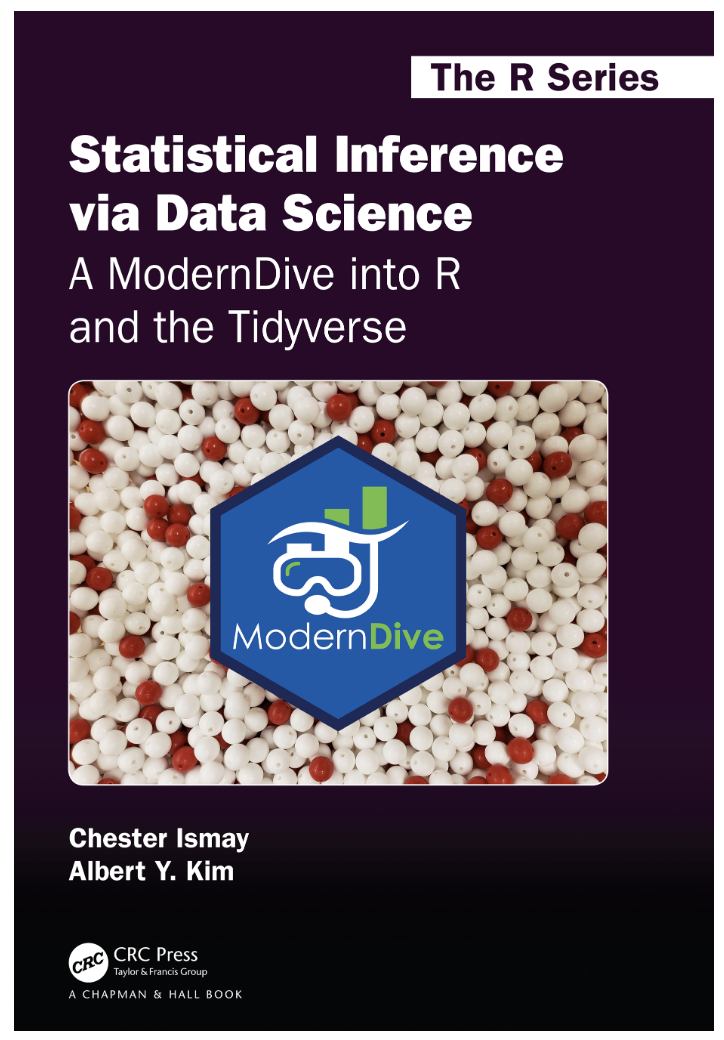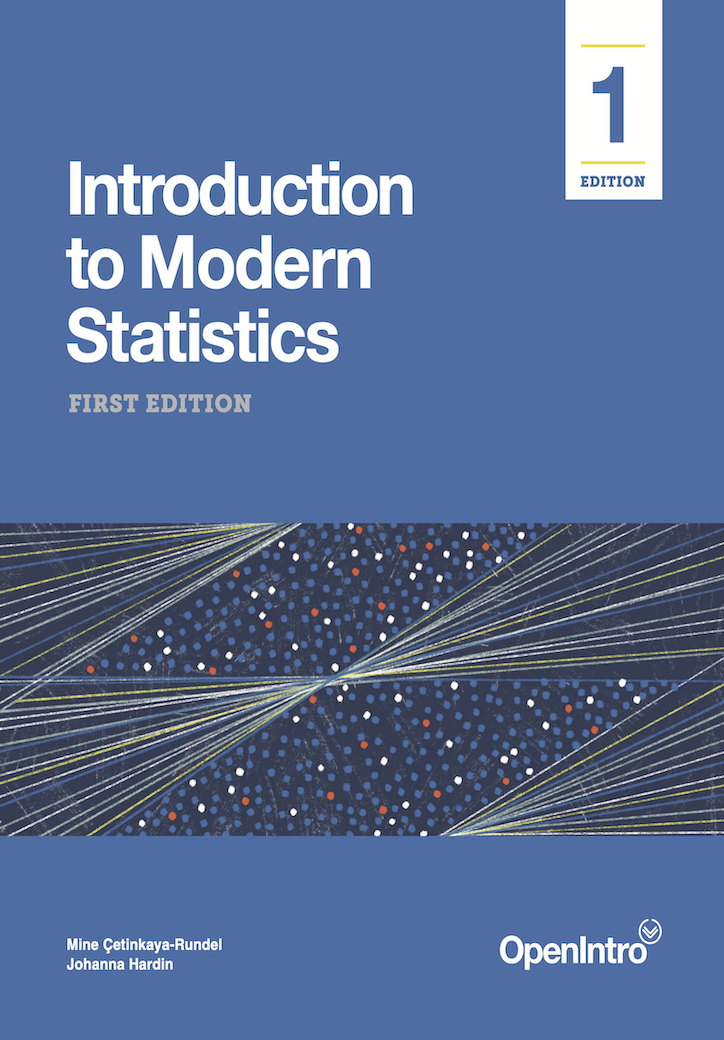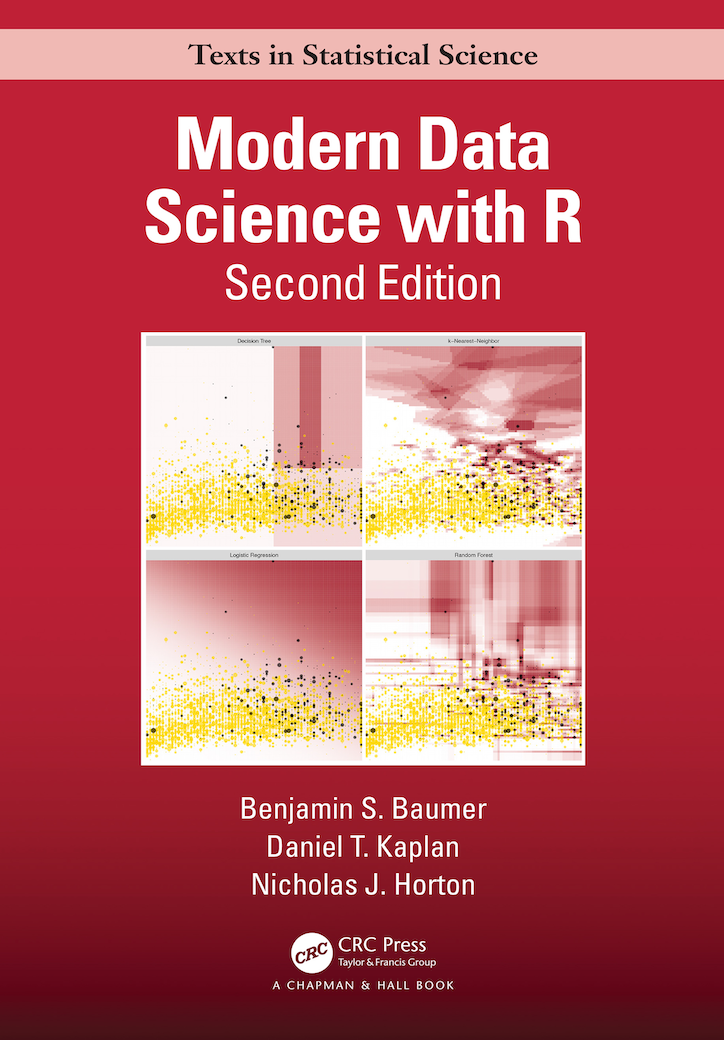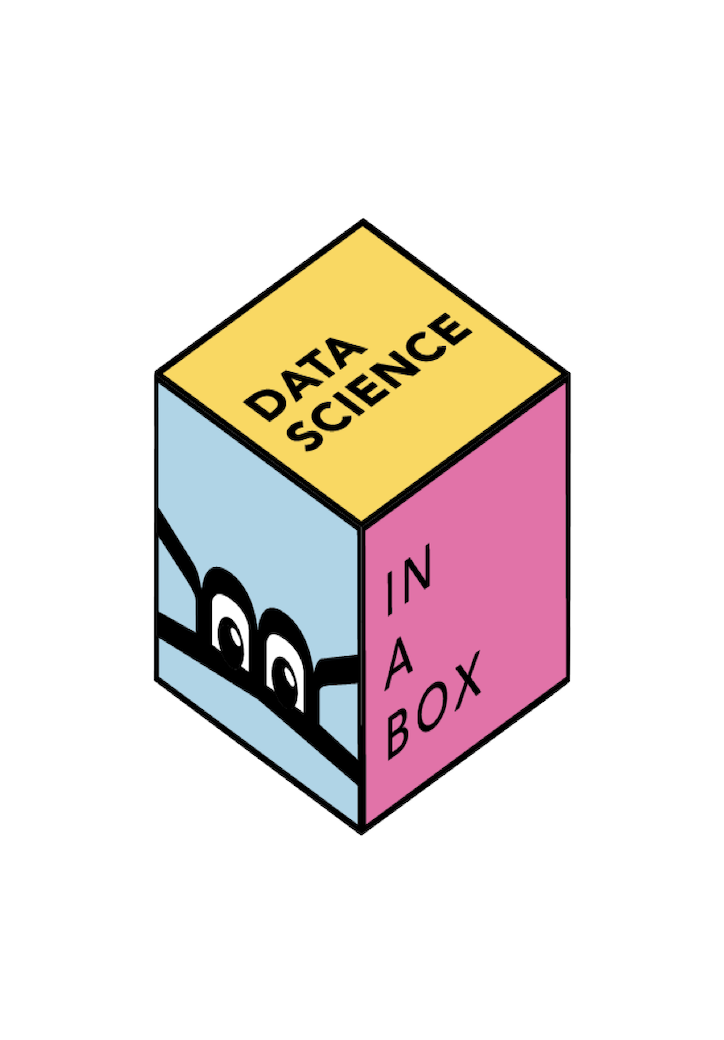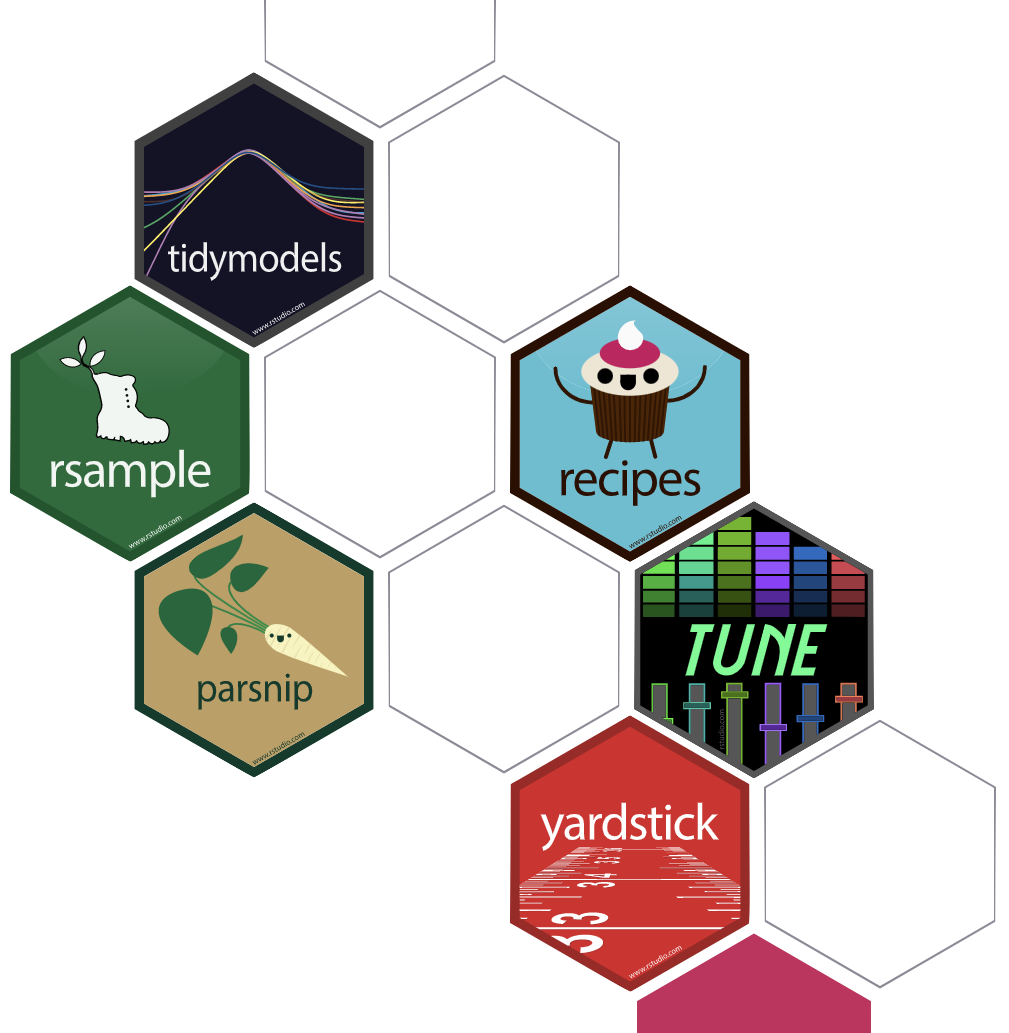# intall.packages("tidymodels")
library(tidymodels)
── Attaching packages ────────────────────────────────────── tidymodels 0.2.0 ──
✔ broom 0.8.0 ✔ recipes 0.2.0
✔ dials 0.1.1 ✔ rsample 0.1.1
✔ dplyr 1.0.9 ✔ tibble 3.1.7
✔ ggplot2 3.3.6 ✔ tidyr 1.2.0.9000
✔ infer 1.0.0 ✔ tune 0.2.0
✔ modeldata 0.1.1 ✔ workflows 0.2.6
✔ parsnip 0.2.1 ✔ workflowsets 0.2.1
✔ purrr 0.3.4 ✔ yardstick 0.0.9
── Conflicts ───────────────────────────────────────── tidymodels_conflicts() ──
✖ purrr::discard() masks scales::discard()
✖ dplyr::filter() masks stats::filter()
✖ dplyr::lag() masks stats::lag()
✖ recipes::step() masks stats::step()
• Dig deeper into tidy modeling with R at https://www.tmwr.org


